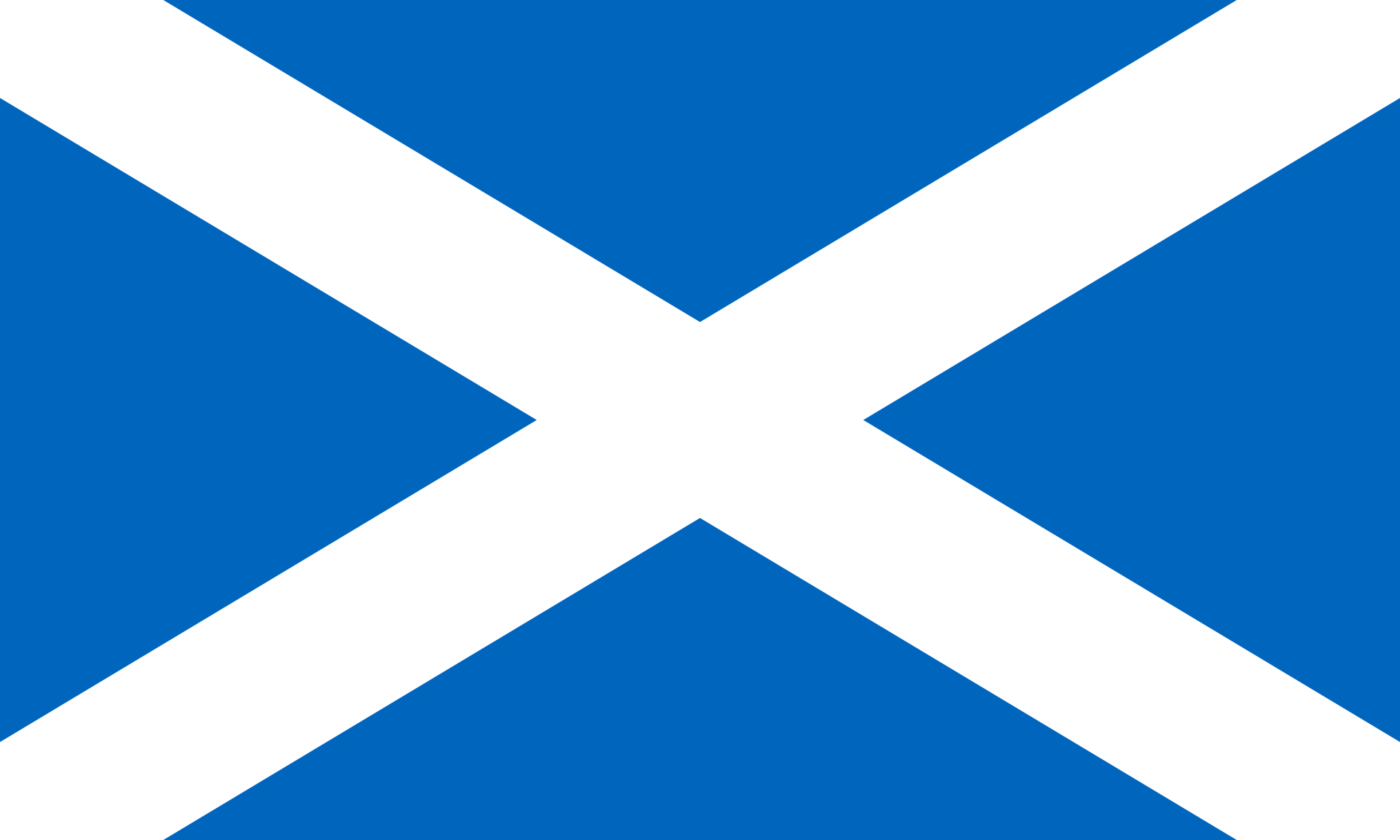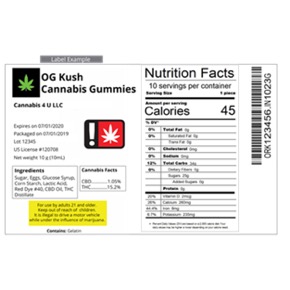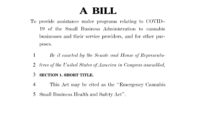There is no doubt all industries are feeling the effects of the coronavirus pandemic; however, cannabis businesses face a unique set of challenges.
Business operations, consumer behavior and financials will be analysed more than ever as businesses seek to position themselves during the pandemic and beyond when lockdowns will eventually be alleviated. As Benjamin Franklin said, “Out of adversity comes opportunity.” COVID-19 is an opportunity for cannabis firms to restructure their business model from a direct, consumer, wholesale and partnership level; eradicate inefficiencies and reassess launch or expansion plans.
Like many other sectors, the cannabis market should still expect to lose revenue due to factors like store closures, disrupted supply chains and restricted transport.
The outlook may seem bleak, but it’s not all doom and gloom when looking at the CBD and medical cannabis markets in more detail.
CBD consumption
With social distancing measures still in place, cannabis firms which offer an online sales platform are seeing a surge in business. During COVID-19, there has been a greater focus on staying healthy and boosting immune systems which is driving consumers to a variety of health-focused products including CBD.

Fortunately, many of the physical retailers who stock CBD products in the UK have been permitted to stay open, despite a nation-wide lockdown, so some consumers are bulk buying their usual products while others are turning to e-commerce and delivery services. This demonstrates how quickly some firms have adapted to keep their businesses afloat.
However, border restrictions have tightened and as many supply and logistics workers remain in quarantine, the CBD market could see challenges in maintaining supply lines as the pandemic continues.
This comes in addition to CBD firms working to process a Novel Food Application and fulfill the necessary requirements by March 31, 2021. Despite lobbying from the Cannabis Trades Association (CTA) and despite the impact the global pandemic is having on the sector, the deadline has not been extended.
CBD businesses need to capitalise on the opportunities arising during this downturn; be creative and pin-point ways to keep CBD consumers engaged. By building on their brand and refreshing where necessary, they can attract consumers and develop a loyal customer base. Sustaining a strong online presence and enhancing social media and marketing strategies can lead to an increase of online sales. The brands which can leverage awareness and embody trustworthiness will be the winners.
CBD cannot cure COVID-19
As the epidemic continues into May, there has been no shortage of scammers attempting to try and short-change a fearful, confused population. Unfortunately, the cannabis industry has seen some shameful claims by CBD and hemp companies, notably in the US, who claimed their products could cure or fight off the symptoms of COVID-19.
 CBD has been positioned as having several positive health effects by manufacturers and retailers – most notably in reducing pain and inflammation, decreasing anxiety and helping sleep – which may be on the rise within this unsettling environment.
CBD has been positioned as having several positive health effects by manufacturers and retailers – most notably in reducing pain and inflammation, decreasing anxiety and helping sleep – which may be on the rise within this unsettling environment.
The International Association for Cannabinoid Medicine (IACM), issued a statement on the coronavirus pandemic saying, “there is no evidence that individual cannabinoids or cannabis preparations protect against infection … or could be used to treat COVID-19.” Trials have been launched in Israel to explore whether CBD’s anti-inflammatory properties can be an effective COVID-19 treatment. Until this has been clinically proven, cannabis firms must not make unsupported claims.
Medical Cannabis
During COVID-19, health systems are under unprecedented pressure, which is impacting patient access to all medical treatments, including cannabis.
The medical cannabis industry has swiftly adapted to these challenges by rolling out video consultations and other online consultation services to enhance patient access.
 While the Home Office activity for licencing will be limited during this time, companies must work with regulators to keep supply lines open, so that those in need receive their medicine without relying on black-market activity. On April 29, the government published emergency legislation to allow patients to continue accessing controlled drugs for the duration of the epidemic, from pharmacies, without a prescription. This only applies to patients with ongoing NHS treatment, so there is still a long way to go, as private cannabis clinics must fill the gap in the meantime.
While the Home Office activity for licencing will be limited during this time, companies must work with regulators to keep supply lines open, so that those in need receive their medicine without relying on black-market activity. On April 29, the government published emergency legislation to allow patients to continue accessing controlled drugs for the duration of the epidemic, from pharmacies, without a prescription. This only applies to patients with ongoing NHS treatment, so there is still a long way to go, as private cannabis clinics must fill the gap in the meantime.
The global pandemic has impacted us all, and many patients are concerned about how they will access vital services. Many patients receiving medical cannabis have underlying health conditions which make them more susceptible to contracting COVID-19 and those with chronic neurologic conditions like epilepsy are in danger of suffering potential side effects.
Several of the qualities needed to survive the coronavirus pandemic – awareness, self-containment and support – are basic skill sets to carers. Beyond the pandemic, policy shifts, investment and education are needed to lift the barriers to medical cannabis access, and this will require all businesses operating in the cannabis industry to drive change.
2020 is a defining year for cannabis
The cannabis industry is resilient against socio-economic, political and policy drivers- this we’ve seen time and time again. Now we must create an even stronger UK industry, where products are safely and readily available to those who need them. As the cannabis market matures and the competition things out, only quality cannabis products and services will be in play. Those that can innovate their approach to production, distribution and consumption during the pandemic can be the catalyst for long-lasting changes for the cannabis industry to operate for the better.




































